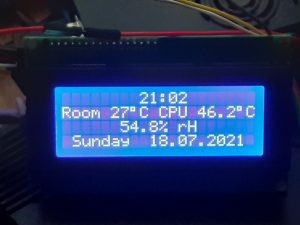Happy Star War Day!
In a change to my more normal technical blogs, I wanted to talk about my other passion Star Wars. Having recently been made aware of the Obi-Wan Kenobi – The Patterson Cut. This led me to 2 other fan edits I had been oblivious of for several years. Star Wars Episode I.I: The Phantom Edit & Star Wars Episode II.I: Attack of the Phantom, by Mike J. Nichols; more details can be found here.
With Stars Wars day upon us, I wanted to watch a New Hope and Empire Strikes Back and over the weekend have a bit a binge session. Normally my watch order would consist of the Machete Order. (With some optional extras such as Solo And Rogue One). This order misses out Phantom Menace, but wanting to watch the fan edit, I’m going to try a new order. This order I’m going to list below (I’ve already watched a couple, but I’ll update this post with how the binge went). Before I continue with this new watch order I’m trying/suggesting, I should say it’s for those who have seen the films; if you are trying to introduce a friend to the series I would go with the Machete Order.
Watch Order:-
Star Wars Episode I.I: The Phantom Edit (Watched)
Star Wars Episode II.I: Attack of the Phantom (Watched)
Star Wars: Episode IV – A New Hope
Star Wars: Episode V – The Empire Strikes Back
Star Wars: Episode III – Revenge of the Sith
Optional:-
Obi-Wan Kenobi: The Patterson Cut
Solo: A Star Wars Story
Rogue One: A Star Wars Story
Watch Order:-
Star Wars: Episode VI – Return of the Jedi
Here you can chose to the end the binge on a high or watch the sequel trilogy.
As you can see I’ve ready watched the Phantom edits, I can say prefer these over the original releases. I will let know how well this watch order went.
Edit 24th May,
Apologies for the delay in updating. All I can say I enjoyed this viewing arc, but that being said I would probably enjoy Star Wars in any order. If the Machete gets 5 stars, this gets 3.5. I watched in the described above, I think it works seeing Anakin’s first steps down his dark path, but still leaves the final reveal to ESB. Also I think Obi-Wan Kenobi works betters as a film.
All comments are welcome.
Thanks Tom.

